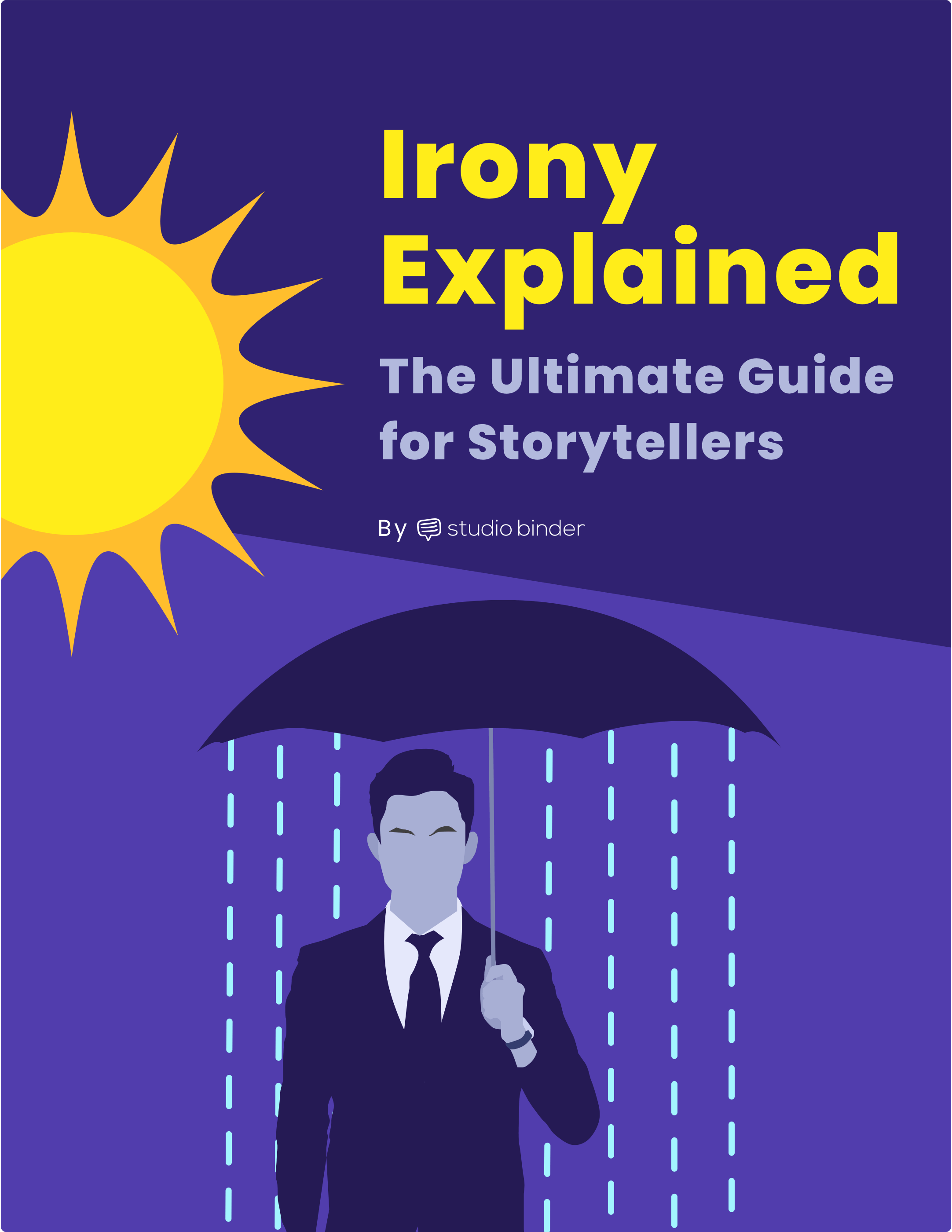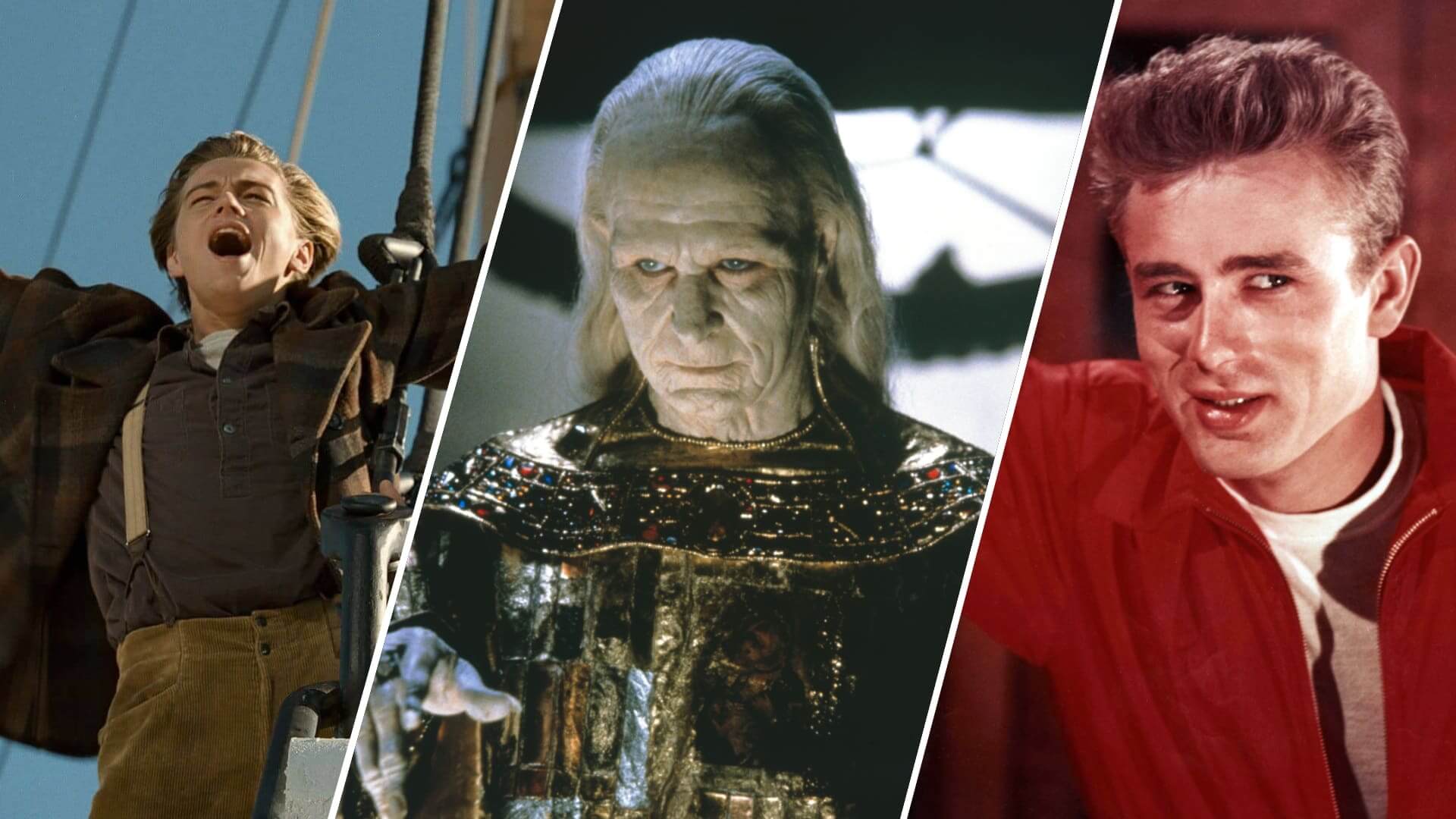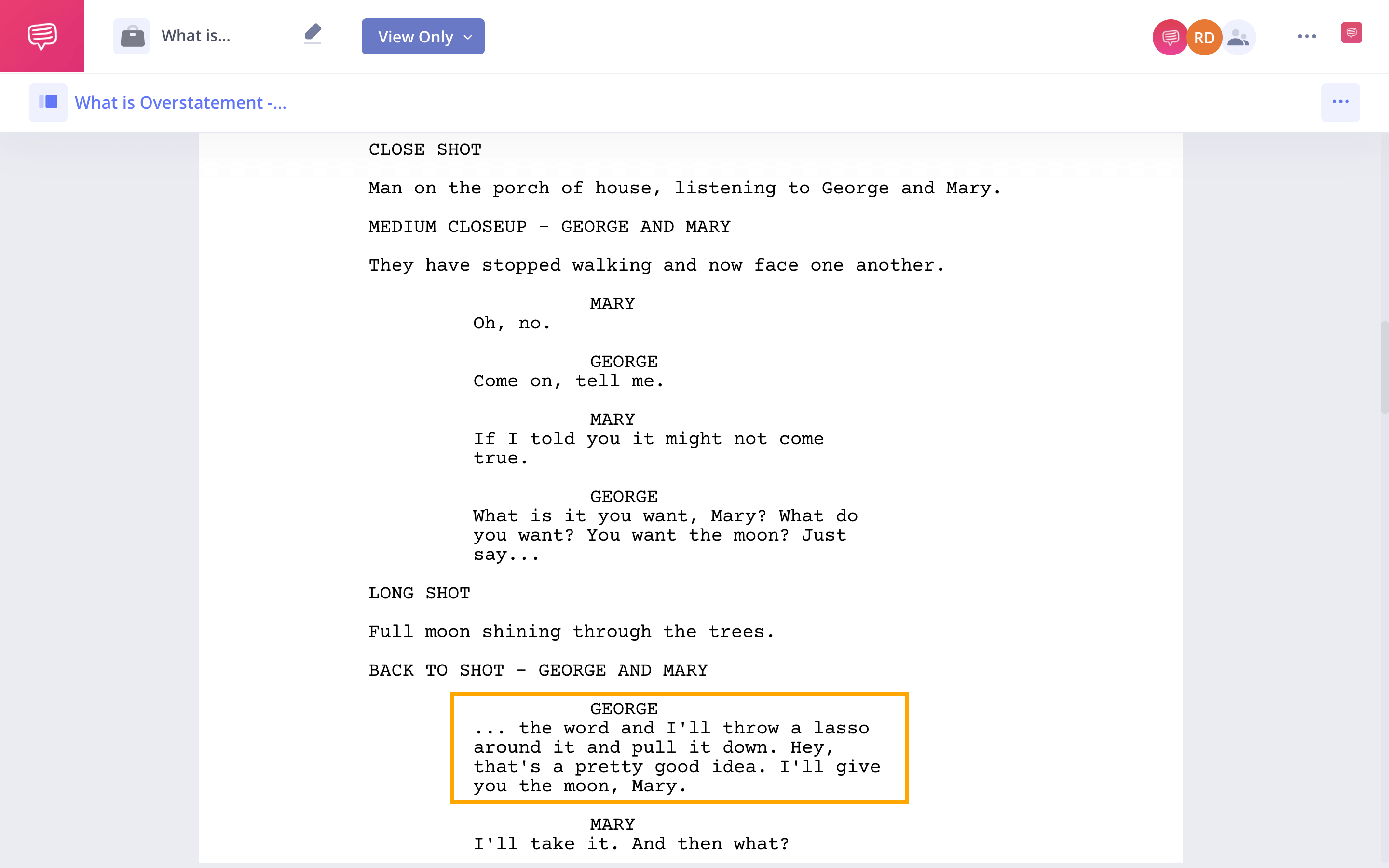Sometimes you just can’t find the words to express how you feel. To match the depth or intensity of what you’re trying to communicate, you need something like overstatement. As one of the subtypes of verbal irony, overstatement allows the speaker to communicate in hyperbole to get their point across. We will briefly define overstatement before moving onto to some examples of this concept in action.
A Brief Overview
Introducing overstatement
Sometimes, it can be difficult to explain how you really feel. This is where overstatement comes in — it is a chance to emphasize the "quality" of your feelings by increasing their "quantity."
Before we jump into some examples, we'll begin with a quick definition of overstatement, a subtype of irony.
Overstatement DEFINITION
What is overstatement?
Overstatement is when you use language to exaggerate your intended meaning. These statements count as figurative language and are not meant to be taken literally. Also known as hyperbole, overstatement is used intentionally to emphasis the importance of your statement. If verbal irony is saying the "opposite" of what you mean, overstatement is simply saying "more" of what you mean.
Overstatement Examples:
- "I would die if I ever met Brad Pitt in person."
- "I haven't seen you in a million years!"
With an overstatement definition complete, we can look at some examples that make this type of verbal irony a tool that every writer should have at their disposal. And for a deep dive into irony, download our FREE E-book — Irony Explained: The Ultimate Guide.
Free downloadable bonus
FREE Download
Ultimate Guide to Irony
Irony is an essential literary device that all writers should master. Download our FREE e-book to get in-depth explanations and examples on topics like the major types and sub-types of irony, and the myriad of ways writers can use it to enrich their storytelling.

How to Use Overstatement
Use overstatement to boost joy
Overstatement can amplify anything a character is feeling. In this example from Titanic, Jack has just won tickets aboard the ship. We know very little of his character at this point but it's clear that this is a spectacular moment in his life. So, how does he communicate this exuberance?
With an exclamation of unbridled joy.
Overstatement example from Titanic
Poetry of the Heart
Let overstatement inform romance
It can be difficult to put emotions into words, especially passion and romance. That's why the expressive and abstract qualities of poetry are often used instead of straightforward language. For an overstatement example that nails this idea, look no further than Bram Stoker's Dracula.
When the title character meets Mina, he is reminded of the woman he loved and lost centuries earlier. To express the longing and the power of this reunion, Dracula says, "I have crossed oceans of time to find you." It's such a great line, you have to watch it for yourself.
Overstatement can express so much
Here's another classic example from It's a Wonderful Life. George isn't being literal by any stretch of the imagination. But he is able to use figurative language to express himself. So, overstatement as a concept might have a negative connotation but writers should understand that sometimes it works.
Click the image below to read the entire scene between George and Mary that we imported using StudioBinder's screenwriting software.
"I'll give you the moon, Mary" • Read the entire scene
Emotional overflow
Add overstatement for drama
Just like romance, negative emotions are also fit for overstatement. When your character is overwhelmed and pushed off the edge, simply language will just not do. In Rebel Without a Cause, Jim has had enough of his parents' dysfunctional marriage. And in a drunken outburst, he lets fly with an overstatement that rang true for an entire generation.
Emotional overstatement
Overstatement is just one of many tools a writer can use to express the thoughts and emotions of their characters. When simple description just won't do, allow your characters to indulge in overstatement.
UP NEXT
Dive deeper into irony
We've covered the basics on the overstatement but there is so much more to learn. Perhaps your next stop should be "understatement" to round out this pair of similar subtypes. If there is a particular form of irony you want to explore further, just follow the navigation below. Each one of these subtypes of irony belongs in every writer's toolkit.

